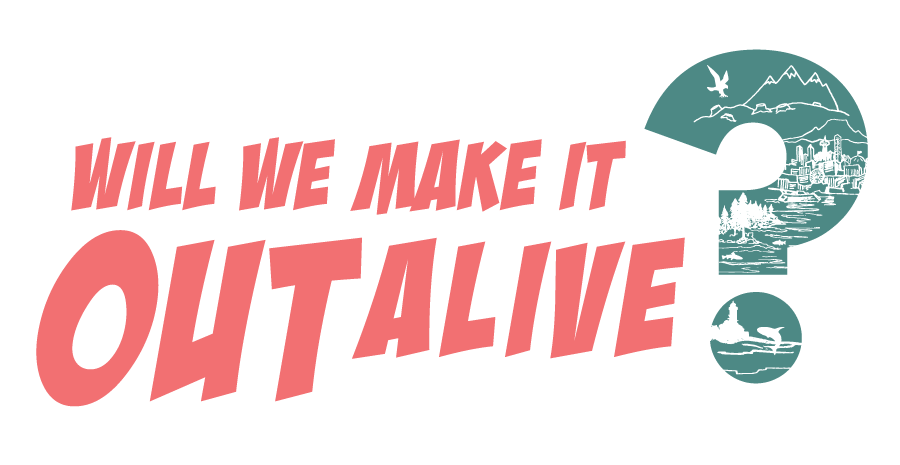Help the Southern Resident Orcas Make it Out Alive...Participate in the Puget Sound Orca Recovery Day - November 10!
/Will the Southern Resident Orcas make it out alive? Not without our help. As the Governor’s Task Force continues to make decisions on proposed management and measures to help save our endangered Southern Resident Orcas, there are actions we can all take everyday to help save them.
In addition, you can participate in Puget Sound Orca Recovery Day by joining one of ten Puget Sound Conservation Districts this Saturday, November 10, 2018 at various locations throughout the Salish Sea. The main purposes of the day include attempts at either increasing the preferred food for the Southern Residents (chinook salmon) or decreasing pollution from entering Salish Sea. These service related events range from installing plants at a low impact development (LID) rain garden, to removing invasive species and helping restore salmon streams by replanting native vegetation.
Click on the links below to find a project near you!
Clallam Conservation District | King Conservation District | Mason Conservation District | Pierce Conservation District | Skagit Conservation District | Snohomish Conservation District | San Juan Islands Conservation District | Thurston Conservation District | Whatcom Conservation District | Whidbey Conservation District
Cool cats want to make good choices on their own property and they want to do their part to help the Southern Resident Orcas make it out alive! If you would like to learn more about actions you can take on your own property check out these fact sheets, which include a variety of information from small farming practices, to plantings for soil stabilization or how to attract bees with your landscaping!
WHACK FACT! LID - Low Impact Development is a form of development that attempts to more closely mimic the natural water cycle; reducing stormwater runoff volumes and treating pollution prior to discharging to our surface or ground water. LID also includes development practices such as attempting to retain native vegetation and soil structure at sites during construction and minimizing the development footprint. When stormwater treatment facilities are needed, typically LID uses more smaller dispersed facilities that reduce runoff and treat for pollutants using a special mixture of soil and plants.
If we all take action, the Southern Resident Orcas might make it out alive!




Find out how Jen the Magical Mapper has been doing on her Plastic Free July challenge!